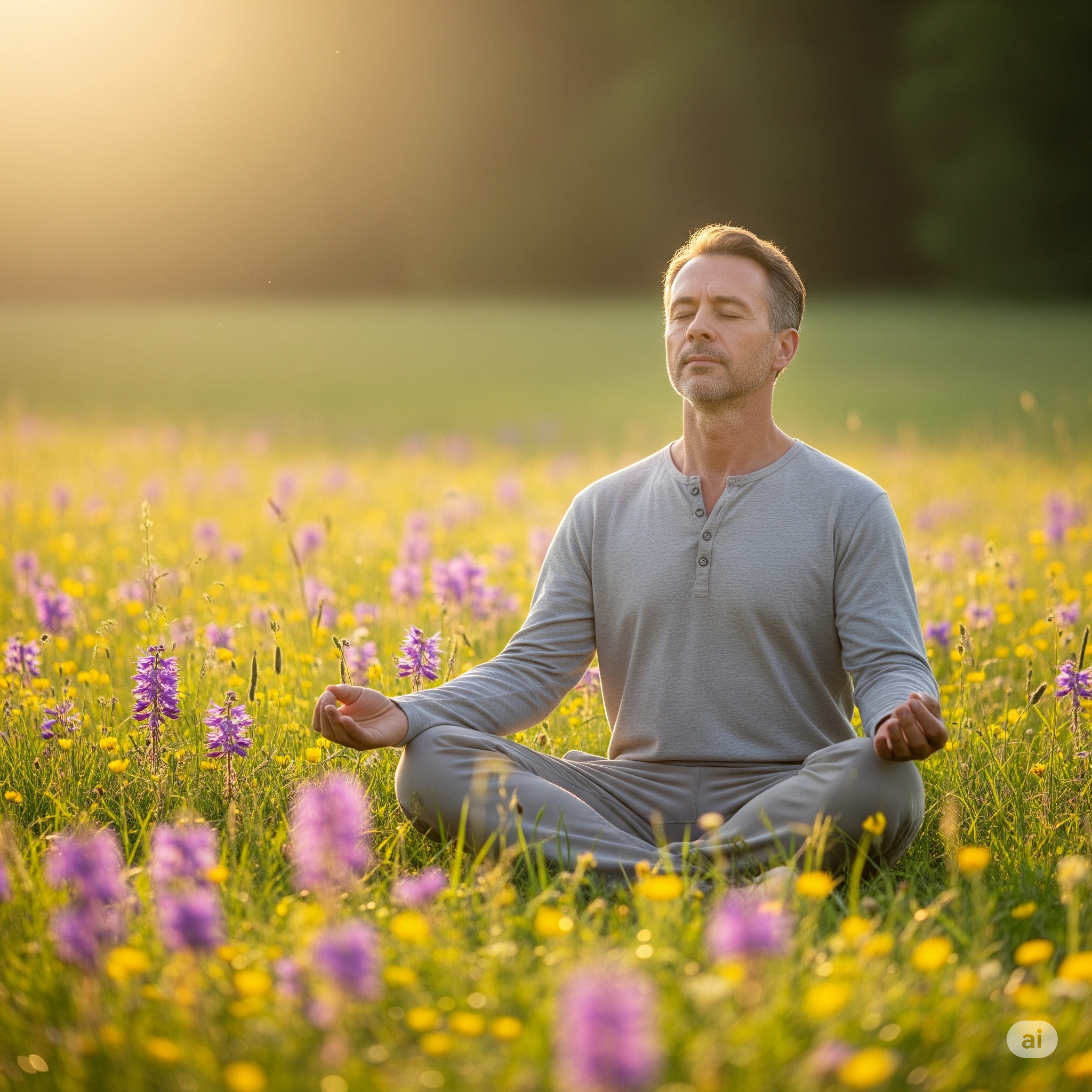Introduction
In today’s hyper-connected, fast-paced world, the power of stillness is a revolutionary act. We glorify hustle, multitasking, and productivity—but rarely honor silence, pause, or simply being. Yet, some of the most profound growth, healing, and insight arise not in motion, but in stillness. In this article, you’ll explore how intentional slowness and stillness can enhance mental clarity, reduce anxiety, and reconnect you with what truly matters.
Why Stillness Feels Uncomfortable
- We’re addicted to speed
Constant activity creates the illusion of progress—even if we’re going in circles. - Stillness forces us to face ourselves
In silence, we hear our inner voice, including the fears and insecurities we’ve been avoiding. - We associate rest with laziness
Cultural narratives often equate doing nothing with being unproductive or even “wasting time.”
The Science Behind Stillness and Mental Clarity
- Cognitive Reset
Just like muscles, the brain needs rest to recover. Periods of quiet allow neural pathways to consolidate memory, strengthen focus, and problem-solve. - Parasympathetic Activation
Stillness activates the parasympathetic nervous system—your body’s natural relaxation mode—reducing stress hormones and lowering blood pressure. - Increased Insight and Creativity
Stillness creates the mental space for “aha” moments. Many breakthroughs happen not while working hard—but while walking, resting, or meditating.
The Different Forms of Stillness
Stillness isn’t just sitting cross-legged in silence. It can be:
- Mental Stillness — Letting go of constant thinking, planning, or judging.
- Emotional Stillness — Allowing feelings to surface without reacting.
- Physical Stillness — Pausing movement to become aware of the body.
- Spiritual Stillness — Connecting with something greater—through prayer, nature, or awe.
7 Practical Ways to Invite Stillness into Your Life
1. Start the Day in Silence
Before you check your phone or turn on the news, sit for 5–10 minutes in quiet. Breathe. Just be.
2. Practice Mindful Walking
Walk slowly, paying attention to each step, the air, the sounds. Let your walk become a meditation.
3. Digital Detox Moments
Set boundaries around your screen time. Create “still zones” during your day—tech-free periods to simply be present.
4. Breath Awareness Practice
Sit comfortably and observe your breath for 3 minutes. Whenever your mind wanders, gently bring it back. This calms the nervous system.
5. Do Nothing (On Purpose)
Literally. Sit. Stare out the window. Sip tea. Let your mind rest without guilt. Schedule this like you would a meeting.
6. Nature Immersion
Time in nature naturally slows the body and clears the mind. Sit under a tree. Watch clouds. Feel connected.
7. Sacred Pause Before Reacting
Before replying to a stressful email or lashing out in frustration, pause. Breathe. Ask: “What’s the most peaceful response I can give?”
How Stillness Improves Mental Clarity
- Less Mental Clutter
Stillness filters out mental “noise,” allowing important thoughts to emerge more clearly. - Better Decision-Making
In quiet reflection, you access intuition over impulse. You respond instead of react. - Greater Self-Awareness
In slowing down, you can observe thought patterns and emotional triggers with clarity and compassion.
A Short Stillness Meditation (3 Minutes)
Sit comfortably. Close your eyes. Inhale deeply through your nose for 4 counts… hold for 4… exhale through your mouth for 6.
Let your thoughts come and go like clouds. If the mind wanders, gently return to the breath.
End by silently saying: “In stillness, I find clarity.”
Real-Life Story: David’s 10-Minute Pause
David, a successful startup founder, felt burned out, anxious, and mentally foggy. His therapist suggested a daily “stillness appointment”—10 minutes of silence in the morning. Though skeptical, David tried it. After just a few weeks, he noticed clearer decision-making, more patience with his team, and even unexpected creative ideas during those quiet moments.
“I realized I was so busy doing that I forgot how to just be.”
SEO and AdSense Optimization Tips
- Target Keywords
- “Benefits of stillness”
- “How to slow down for mental clarity”
- “Mindfulness and rest”
- “Why doing nothing matters”
- “Mental clarity techniques”
- Meta Description “Discover why slowing down is essential for mental clarity and how practicing stillness can reduce anxiety, boost creativity, and transform your mindset.”
- Headings & Formatting
- Use H2s like “Why Stillness Feels Uncomfortable,” “Forms of Stillness,” and “Ways to Practice Stillness.”
- Incorporate bullet lists and practical steps for readability.
- Internal Linking
- Link to articles like “Mindfulness Practices for Daily Life,” “Digital Detox Strategies,” or “Meditation for Beginners.”
- Image Suggestions
- A peaceful image of someone sitting in nature or meditating at sunrise.
- Alt text: “Person meditating in stillness for mental clarity.”
Conclusion
Stillness is not the absence of life—but the deep presence within it. When we slow down, we make room for awareness, wisdom, and healing. Mental clarity isn’t found by doing more—it’s found by being more. Just as a pond only reflects clearly when its surface is still, your mind reveals its deepest truths in silence.
“Almost everything will work again if you unplug it for a few minutes—including you.” — Anne Lamott
Let today be the day you pause—and truly listen.

